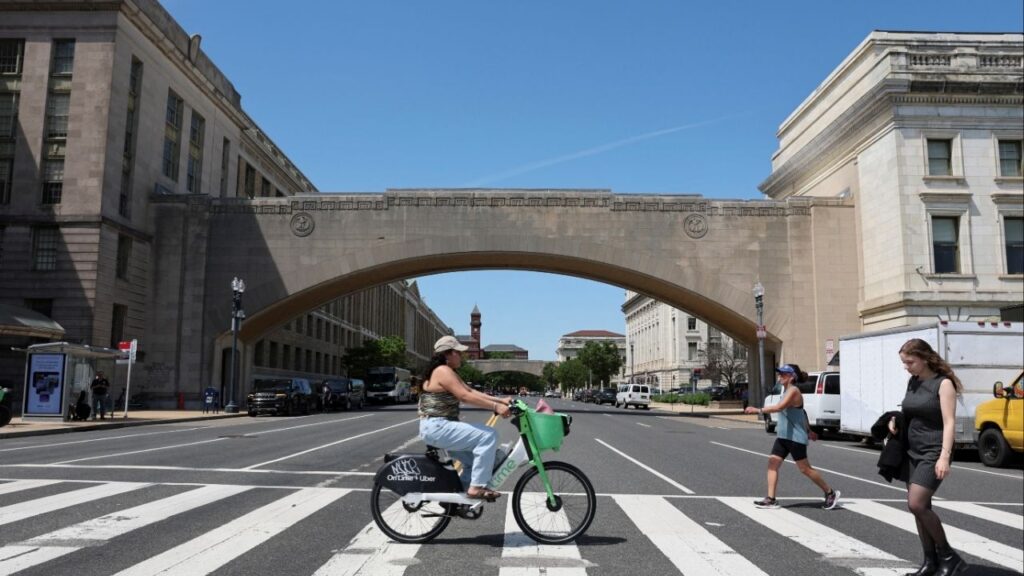Share
The union that represents teachers in the state’s largest school district, Los Angeles Unified, is claiming that its six-day strike produced a victory, and local media are echoing that line.

Opinion
Dan Walters
CALmatters Commentary
United Teachers of Los Angeles settled for the same 6 percent salary rise over two years that the district had offered before the strike. Its victory claim rests mostly on the district’s agreeing to place more nurses and librarians in junior and senior high schools and reduce class sizes.
However, the district says the concessions will cost an additional $403 million over three years – money the district clearly does not have.
LA Unified Supt. Austin Beutner had previously declared that the district was already on track to spend $24 billion over the next three years while receiving just $22 billion in projected revenue.
It’s not the first time that LA Unified gave its teachers a raise that it could not afford – even though all school districts have seen big increases in support from local property taxes and state aid.
State and Local Spending on Schools Has Increased
Over the last eight years, since Jerry Brown’s election as governor in 2010, state and local spending on schools has increased from $49.7 billion to $77.9 billion, and with enrollment stagnant or even dropping, per-pupil spending has jumped by more than 50 percent to nearly $12,000 a year, not counting federal funds.
The increases, according to the Legislature’s budget analyst, mean “California per-pupil spending ranks in the middle among the states.”
Gov. Gavin Newsom’s first budget puts another $3 billion into general support for schools and makes a one-time payment into the State Teachers Retirement System to slightly decrease schools’ pension fund payments, which have been rising sharply to shore up the troubled trust fund.
So why have LA Unified, and several other large urban districts been operating in the red?
Many are seeing enrollment declines, exacerbated in LA Unified’s case by parents pulling their kids out of the system, which has a poor record of academic achievement, and placing them in charter schools. School financing is largely driven by enrollment, so that hits.
The aforementioned pension payments are another factor – not only required contributions into the teachers’ retirement system, but ever-rising demands from the California Public Employees Retirement System to cover non-teaching employees. Health care costs are still another.
Pressure Now Shifts to Newsom and the Union-Friendly Legislature
Finally, the heavy politicization of large urban districts creates a pressure cooker atmosphere that induces expedient decisions, such as granting raises that they cannot afford. Sacramento Unified, for instance, shifted money from a pension reserve to pay for a new teacher contract in response to a strike threat.
A measure to remove Proposition 13’s property tax limits on commercial property is already qualified for the 2020 ballot. If successful, it would raise as much as $10 billion a year, about 40 percent of which would go to schools.
That’s a lot of money, but only a fraction of what it would cost to raise California’s per-pupil spending to the upper ranks of states, as unions and other education advocacy groups seek.
That would cost roughly $5,000 more per student or about $30 billion more a year – titanic levels indeed.
CALmatters is a public interest journalism venture committed to explaining how California’s state Capitol works and why it matters. For more stories by Dan Walters, go to calmatters.org/commentary.
[activecampaign form=19]



















